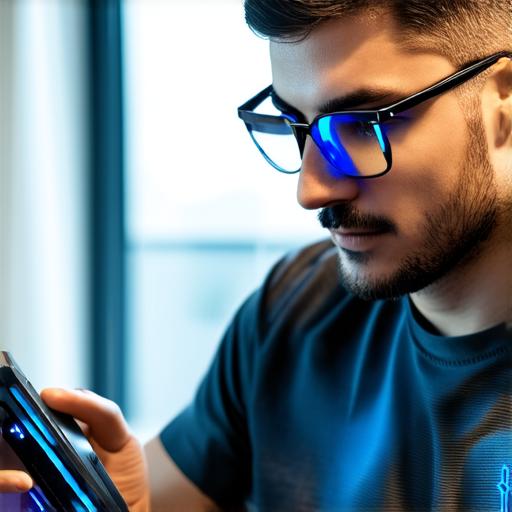Augmented Reality in the Hospitality Industry
Augmented reality (AR) technology has been around for quite some time now and has already found its way into various sectors such as gaming, education, and retail. However, it’s not until recently that AR has started to make a significant impact on the hospitality sector.
This technology has the potential to revolutionize the way hotels and resorts interact with their guests, providing them with immersive experiences that can greatly enhance their stay.
Immersive Experiences
One of the most significant advantages of AR technology in the hospitality sector is its ability to create immersive experiences that can captivate and engage guests. For example, hotels can use AR to create interactive virtual tours of their properties, allowing guests to explore the hotel’s amenities and rooms in a more engaging way.
This can be especially helpful for large hotels with multiple floors or unique features that might not be easily accessible to guests through traditional means.
In addition, AR can also be used to create interactive games or experiences that allow guests to interact with their surroundings in fun and creative ways. For instance, some hotels have implemented AR-enabled scavenger hunts that challenge guests to find hidden objects or complete tasks around the property.
These experiences not only add an element of fun to a guest’s stay but also provide an opportunity for them to engage with the hotel in a more meaningful way.
Enhanced Guest Experience
AR technology can also be used to enhance the overall guest experience by providing personalized and tailored services. For example, hotels can use AR to offer guests customized recommendations based on their interests and preferences.
This can include everything from restaurant suggestions to activity recommendations, ensuring that guests get the most out of their stay.
In addition, AR can also be used to create personalized room experiences for guests. For instance, some hotels are using AR to allow guests to customize the decor of their rooms, including changing the color scheme or adding furniture and artwork.
This not only allows guests to create a more personalized experience but also provides an opportunity for hotels to showcase their unique branding and design aesthetics.
Increased Engagement
AR technology can also be used to increase guest engagement with a hotel’s property and amenities. For example, some hotels are using AR to provide guests with real-time information about the availability of rooms or activities, allowing them to make informed decisions about their stay.

This can not only improve the overall guest experience but also reduce wait times and frustration for both guests and hotel staff.
In addition, AR can also be used to create interactive displays that showcase a hotel’s amenities and services in a more engaging way. For instance, some hotels are using AR-enabled kiosks that allow guests to explore the property virtually, including its rooms, restaurants, and entertainment options.
This not only provides guests with a more immersive experience but also allows them to make informed decisions about their stay.
Case Studies
One of the most notable examples of AR in the hospitality sector is the Marriott’s “View from the Room” campaign. This campaign uses AR technology to provide guests with a virtual tour of the hotel’s amenities and rooms, allowing them to see what they can expect from their stay before they even arrive at the property.
The campaign has been incredibly successful, with over 20 million views in just one month after its launch.
Another example is the Aloft Hotel’s “Aloft Reality” app, which uses AR technology to provide guests with customized recommendations and room experiences. The app has been downloaded over 100,000 times and has received positive reviews from both guests and hotel staff.
